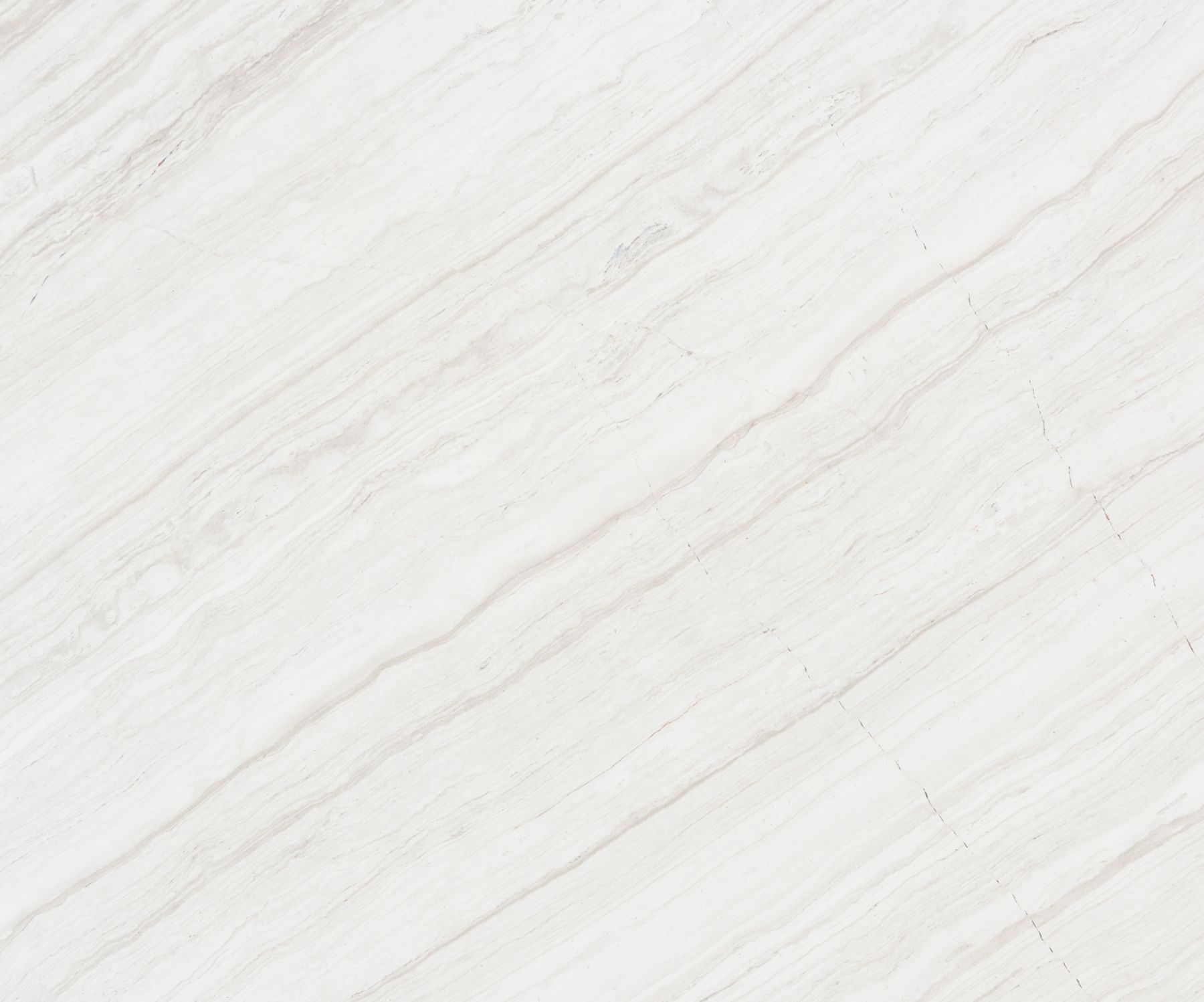


IPL photofacial is today’s modern approach to skin rejuvenation. Skin concerns like age spots, brown spots, facial redness, or sun damage may be bothersome, but they don’t have to be something we live with. Intense Pulsed Light (IPL) photofacial is an effective treatment for diminishing imperfections caused by discoloration.
Today, let us learn more about this skin treatment, its possible side effects, and the proven results you can achieve. Read until the end and discover if IPL photofacials are what you need for your skin concerns.
Intense pulsed light (IPL) therapy, aka IPL photofacial, is a treatment that improves your skin’s color and texture without surgery. It can also undo some unwanted, visible damage caused by sun exposure, often called photoaging. Effects may be primarily noticeable on your face, neck, hands, or chest. IPL photofacials may help if you have red, brown, or splotchy skin because of a health condition.
IPL photofacials are popular and effective light-based treatments for sun damage, brown spots, age spots, and facial redness. Advanced light-based therapies like IPL send short bursts of light at therapeutic wavelengths into the dermis to react with pigment cells. The light converts to heat, which breaks these cells into tiny particles. Your body will filter these cells out naturally, or they’ll flake away from the skin’s surface.
Here are the standard steps in an IPL photofacial:
Experts recommend a series of treatments for patients with rosacea or extensive pigmentation concerns, depending on your skin’s unique condition.
So, who should get IPL photofacials? It works best for those with pale or light brown skin. Talk to your dermatologist if you want to lessen or get rid of the following:
If you’re bothered by skin discoloration, hyperpigmentation, or sun damage, IPL may benefit your skin’s tone and texture. For some patients, we may recommend certain pre-treatment creams or a “test spot” to ensure IPL therapy is right for you. We customize your treatment for specific skin types and conditions. IPL photofacial therapy is not recommended for patients with darker skin types or melasma. For these patients, we have many other options available.
After your IPL photofacial session, noticeable changes will appear on your skin. Don’t fret and be alarmed – these side effects are mild and perfectly normal. These visible changes only indicate that the treatment is working correctly. The most common issues clients experience are the following:
These typical symptoms create confusion but no need to be that concerned. Even when procedures are non-invasive, like the IPL photofacial, the healing process takes place along with side effects lasting only a few days. Most clinics and med spas offer gel tablets to promote healing and lessen bruising.
The after-effects of IPL photofacials are temporary. With each reaction different from the others, so does their lifespans. You can expect the following after IPL during the healing process:
Quite uncommonly, individuals do not experience all these side effects at once. However, if there are questions or concerns post-treatment, contact your doctor or healthcare provider.
Is there any downtime? But here’s the catch: IPL photofacial treatments require slight recovery. Your skin may feel tender or have mild swelling for 1-2 days. This incident resolves on its own.
Initially, pigmentation may darken. This incident is typical; these spots will fall off in about one week. Then noticeable improvement begins. With a series of 2-4 treatments scheduled 3-4 weeks apart, your results accumulate changes that peak around two (2) weeks after your final session. Your skin’s tone will be even with significantly reduced discoloration. Many patients are delighted with their IPL photofacial outcomes. Fresh, smoothly textured skin with a clear complexion is possible with IPL photofacials.
Providing your skin with proper tender loving care is beneficial after your IPL photofacial session. Since your skin’s surface will become very sensitive, particularly heat exposure, we offer a list of recommended skincare dos and don’ts.
Take several simple steps to ensure your after-treatment experience becomes as worry-free as possible. When you have proper knowledge of what to expect after IPL photofacial, it can help you remember these aftercare don’ts.
Although there are several things to avoid post-IPL, there are also some things highly recommended for you to do. Follow these quick tips so you can give yourself the best results, enhancing your skin’s natural glow:
When it comes to getting significant results with minor downtime, IPL photofacials have a lot in store. This light-based treatment is among the most potent ways to even skin pigmentation and reduces redness, dark spots, and discoloration. Consult your doctor or healthcare provider to know if IPL photofacials are the best for your skin concerns.
Are you ready for your IPL photofacial? Our amazing friends at Soul And Beauty Med X can help you today. Visit them now!


We are one of Mission Viejo's leading aesthetic providers, proudly serving patients throughout Orange County including residents of Lake Forest, San Juan Capistrano, Laguna Niguel, Laguna Hills, Ladera Ranch, Rancho Santa Margarita.